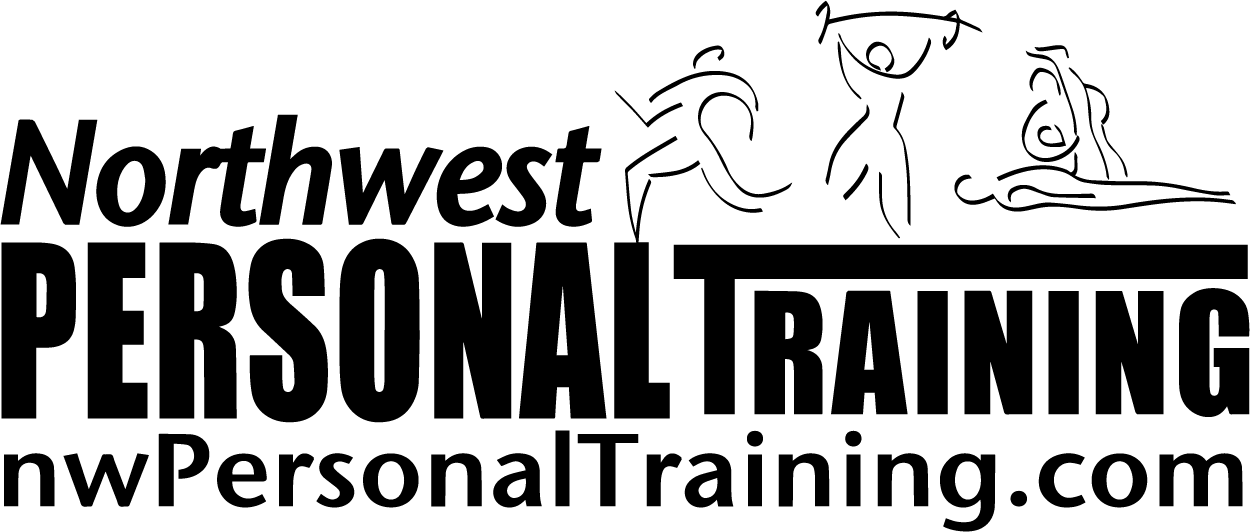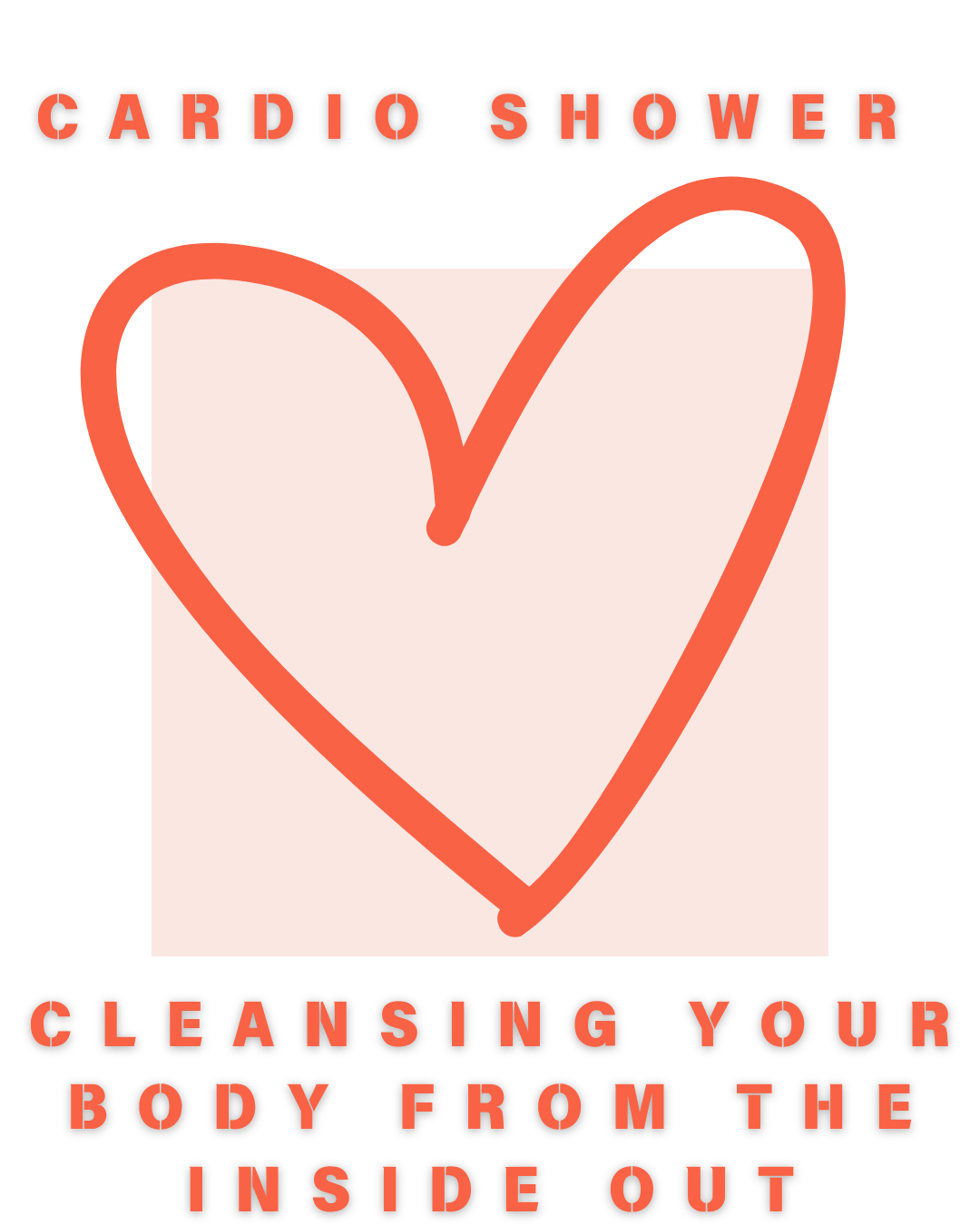Every day, we step into the shower to cleanse our bodies, washing away dirt, sweat, and impurities. But, what if I told you your body also needs an internal shower? Cardiovascular exercise, or “cardio,” is a natural way of cleansing your body, helping you sweat out toxins while improving the health of your heart, lungs, and blood vessels. Just as daily showers are essential for personal hygiene, regular cardio workouts are vital for internal well-being.
February is Heart Health Month, a time dedicated to raising awareness about cardiovascular health and encouraging individuals to take proactive steps to strengthen their hearts. Cardiovascular disease remains one of the leading causes of death worldwide, but the good news is that regular cardio exercise significantly reduces risk factors.
Engaging in heart-pumping activities improves circulation, lowers blood pressure, and enhances lung function, ultimately contributing to a longer, healthier life.
Cleansing Your Body: Cardiovascular Fitness Recommendations
Health experts, including the American Heart Association (AHA), recommend adults engage in at least 150 minutes of moderate-intensity aerobic exercise or 75 minutes of vigorous-intensity aerobic exercise per week, combined with muscle-strengthening activities at least twice a week. These guidelines help maintain cardiovascular health and overall fitness.
 Ways to Incorporate Cardio Into Your Weekly Routine
Ways to Incorporate Cardio Into Your Weekly Routine
Cleansing Your Body Includes Getting Enough Cardiovascular Exercise:
Daily Walking
Aim for at least 30-60 minutes of walking each day aiming for 5000-10,000 steps per day. Sitting for extended periods is now considered “the new smoking” due to its link to heart disease, diabetes, and obesity. Taking breaks to walk throughout the day can counteract these negative effects.
Aerobic Exercise
Try to incorporate cardio exercise at various levels of intensity and duration to challenge your cardiovascular system at all ranges.
Easy: Leisurely bike rides, dancing, or light swimming
Moderate: Jogging, fast-paced cycling, or hiking on inclines
Hard: Sprinting, jump rope, or high-intensity interval training (HIIT)
Anaerobic Exercise
Short bursts of intense activity, such as sprinting or circuit training, improve heart efficiency and metabolic function. Try to challenge yourself once per week with a workout that challenges your cardiovascular system at a high level.
Cardio-Focused Strength Training
Strength workouts can also be considered cardio workouts if you include full-body movements or sequence movements to keep your heart working at a high level. Incorporate strength movements that elevate your heart rate, such as kettlebell swings, battle ropes, compound lifts (e.g., squats, deadlifts, squat and press, lunge and pull), and/or superset movements that keep you moving non-step with little breaks in between sets.
By treating cardio as an “internal shower,” you can keep your body feeling refreshed, energized, and resilient. Make Heart Health Month the beginning of a lifelong commitment to cardiovascular wellness!
Heart Health Panel
In honor of Heart Health Month, NW Personal Training and the American Heart Association (AHA) are hosting a Free Community workshop.
Join our Doctors, Therapists, Trainers, and Nutritionists for an evening of heart health topics that will clear up the confusion about the best methods to improve the overall health of your heart.
This is a FREE talk open to the community, so rally your friends and family to attend.
Date: Thursday, February 27th
Time: 6:45pm
Location: NWPT – 1011 Broadway – Downtown Vancouver
Get more details and reserve your spot at 360.574.7292
Yours in health & fitness,
Sherri McMillan
More Blogs on Heart Health


